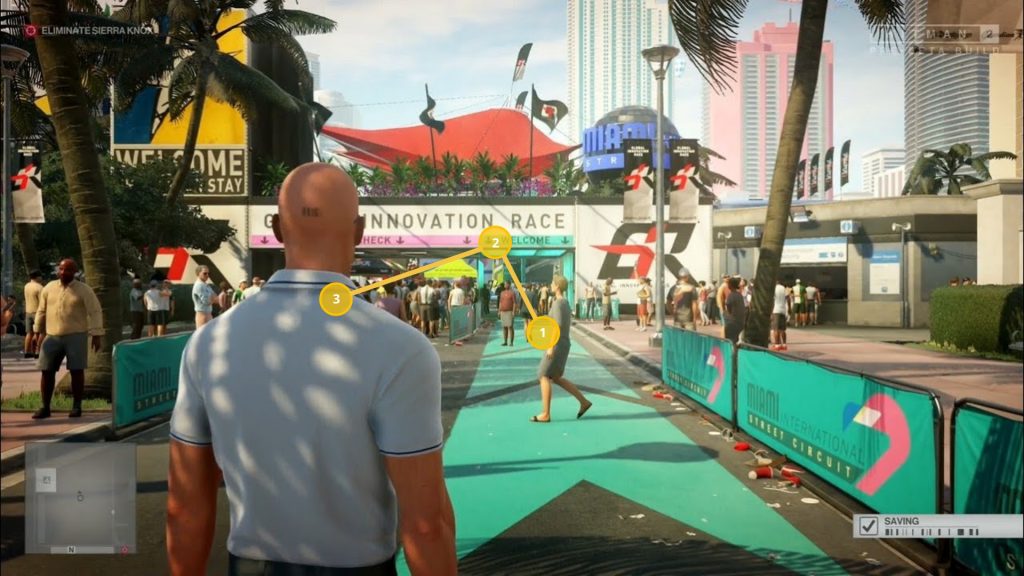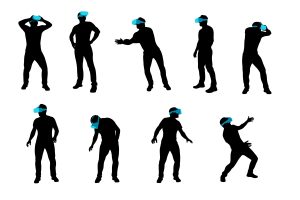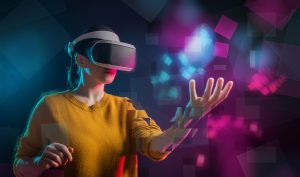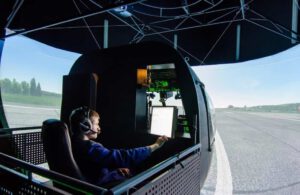Dr. Alessandro Canossa at Northeastern University conducts sophisticated gaming player behavior studies using iMotions in a fraction of the time as compared to before iMotions. He’s won a best paper award for this work.
Dr. Canossa primarily focuses on game design research and the relationship between player behavior and individual differences in digital interactive environments. In his current research, he uses games and virtual environments to investigate issues in psychology: personality, attention, emotion and motivation.
Dr. Canossa was challenged to find a platform that would allow him to synchronize events from various biosensors and the game events in order to conduct studies with a complicated setup. Without a platform that simplified these issues, his studies had to be executed with designs of lower complexity and custom-coded synchronization of data inputs. However, this solution was not sufficient – even the slightest synchronization inaccuracy makes a study unusable.
Using iMotions enabled Dr. Canossa to conduct extremely sophisticated research in a short amount of time and even led to winning a best paper award. The interest in the university and in his research increased tremendously. “After evaluating the market and trying the different solutions, there was not really an alternative. We can do different research now than we could before. The synchronization of signals is very easy and we are able to extract the data in a format that instantly allows us to analyze it without cleaning. It is perfect for MATLAB. The fact that we are also able to include our own algorithms is great. We can even visualize different streams as graphs in the software. It has been a massive time-saver not needing to do our own tedious syncing anymore.”
“After evaluating the market and trying different solutions, there was not really an alternative. We can perform different, more complex research now than we could before. It has been a massive time-saver not needing to do our own tedious synching anymore.”
Dr. Alessandro Canossa, Associate Professor at Northeastern University
With iMotions, Dr. Canossa is now able to synchronize sensor and game events effortlessly and with great accuracy. Even the integration of third-party applications (such as Unity) used for the game events can easily be connected. Since no manually coded synchronizations are needed anymore, Professor Canossa can easily add other devices and game events to the initial stream of events. When you consider the great data that is already being collected through remote, screen-based eye tracking, as well as the iMotions API, more sensors can help provide additional variables for investigation.






